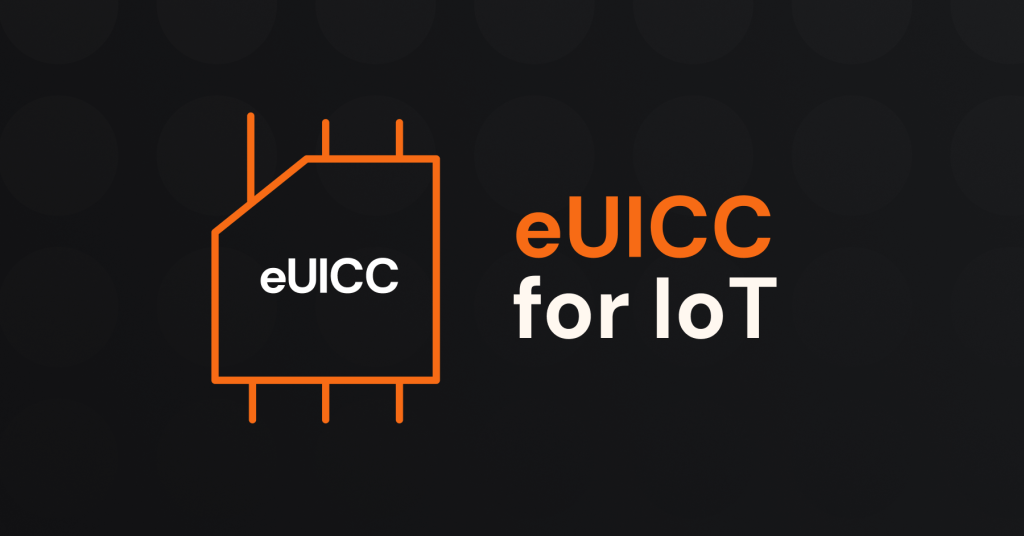In case you missed it, we hosted a webinar featuring experts from Nordic Semiconductor, Airbolt, and Onomondo, showcasing how integrating SoftSIM with Nordic Semiconductor’s nRF9151 can transform IoT solutions. During the session, we explored how this combination delivers significant power savings and improved device efficiency, with real-world insights from AirBolt on their deployment of SoftSIM.
This session was designed for anyone looking to improve their IoT applications with better connectivity. We covered everything from technical specifications to practical applications and the benefits of the nRF9151 and SoftSIM. Below, you’ll find answers to the key questions asked during the webinar.
Table of Contents
1. SoftSIM Technology and Capabilities
Q: Is SoftSIM the same as eSIM?
A: No, SoftSIM is different from eSIM. An eSIM is made up of a mix of hardware and software components, dedicated to SIM application functionality. SoftSIM is purely a UICC application, meaning no hardware is required for deployment.
Q: Can a device or modem switch between SoftSIM and a regular SIM during runtime?
A: Yes, this is controllable, but you will need configure the device to switch between SoftSIM and a physical SIM for fallback purposes if needed.
Q: Is the power save figure (10x lower) really achievable with SoftSIM?
A: Yes, absolutely. We dive deeper into these power savings and how they’re realized with the nRF91 series and SoftSIM technology in this webinar.
Q: Is it possible to have the DECT NR+ stack run on the nRF9151 and switch between using this and a SoftSIM for 3g/4g? Or does it require a different firmware flash?
A: It is not possible to run them simultaneously, as they will both require a different firmware flash. You either have a cellular modem or a DECT NR+ modem. You cannot run both modem firmwares at the same time.
2. Compatibility and Coverage
Q: Does the nRF9151 support Cat1-bis?
A: No, it only supports Cat-M, NB-IoT, and NR+. If you’re unsure about the networks available in your region, check with Onomondo for detailed coverage information.
Q: Is the coverage for SoftSIM the same as for a regular plastic SIM?
A: Yes, SoftSIM provides the same coverage as a regular SIM, whether it’s a plastic SIM or an MFF2 SIM. This means it can also connect to whatever networks that the radio module supports, like 2G, 3G, LTE, LTE-M, and NB-IoT. You can view Onomondo’s global coverage map here.
Q: Is SoftSIM supported across the entire nRF91 family or only on the nRF9151?
A: SoftSIM is compatible with the entire nRF91 series. This includes the nRF9160, nRF9161, and the nRF9151. For more information on these devices, please visit Nordic Semiconductor’s website.
3. Using SoftSIM
Q: Are there any plans to support other MCUs?
A: SoftSIM is an application that can technically be compiled and run on any host. However, not all MCUs—except the nRF91 series SiP—include an internal APDU interface to the modem, which may limit compatibility.
Q: How can we get the SoftSIM profile from Onomondo? Is it included with our current contract access?
A: You can contact your Onomondo representative directly or fill out the upcoming form (to be linked here) to get started with SoftSIM.
Q: Do you offer an easy and cheap test pack to start testing SoftSIM?
A: In short, yes. At Onomondo, we do offer a free trial which includes free SoftSIM profiles you can provision onto your device for testing. At Nordic Semicondudctor, they provide an nRF9151 Development Kit, which has everything you need to test your application with.
Closing Thoughts
Thank you to everyone who joined us for this session! Whether you’re focused on improving power efficiency or finding better ways to connect your devices, integrating SoftSIM with the nRF91 series offers clear advantages for your IoT solutions.
If you’re interested in learning more or implementing these technologies, feel free to reach out to your Onomondo representative, or visit our Help Center for more resources. Stay tuned for future sessions where we’ll continue to explore ways to help you optimize your IoT deployments.






